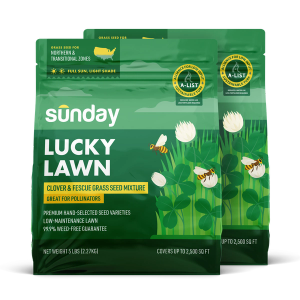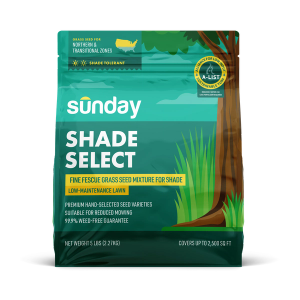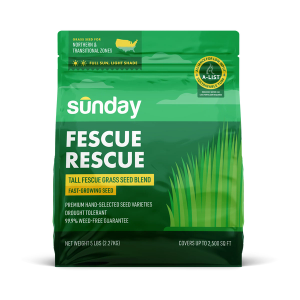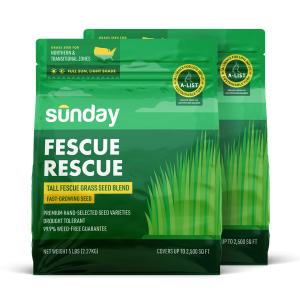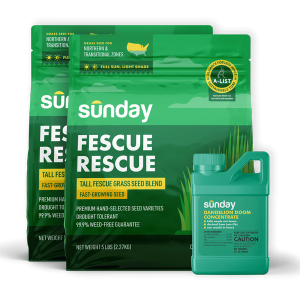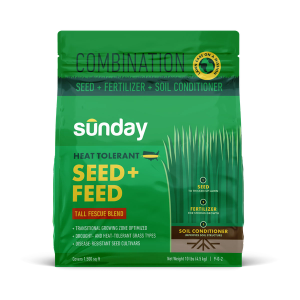Lawns aren’t just ornamental: exploring the environmental benefits
Many people take pride in having the most visually appealing lawn on the block. While aesthetics are important, the environmental benefits of lawns go beyond just looks. A responsibly maintained eco lawn can have a significant positive impact on the environment.
Here’s how an environmentally friendly lawn contributes to a healthier planet:
- Provide a cool, safe surface for recreational activities, reducing the need for artificial and less eco-friendly yard enhancements.
- Decrease water runoff or filter water before it enters the drainage system. Grass plays a crucial role in taking up nutrients, filtering sediment, and slowing down water movement, which helps more water enter the soil rather than running off.
- Reduce soil erosion effectively by creating a deep-rooted perennial ground cover.
- Conserve biodiversity. Compared to paved spaces, lawns are teeming with life, from insects, earthworms, and pollinators to bacteria, fungi, and soil-thriving critters.
- Sequester carbon. Through photosynthesis, grass removes carbon dioxide from the air, repurposing it to grow new leaves and roots, which helps in mitigating climate change.
Sunday Tip:
Carbon sequestration is moot if you don’t take steps to minimize emissions involved in lawn maintenance. Do your part by mowing less often, keeping your irrigation systems in good shape, applying fertilizers responsibly, and avoiding pesticide use when possible.
How can we grow more sustainable lawns?
At Sunday, growing dense, healthy turf is fundamental—not just for its beauty but for its environmental benefits. We advocate for deep but infrequent watering, which encourages deeper roots that are more resourceful and less reliant on human inputs. The result? More carbon sequestration, less water use, and less fuel consumption. Win, win, win!
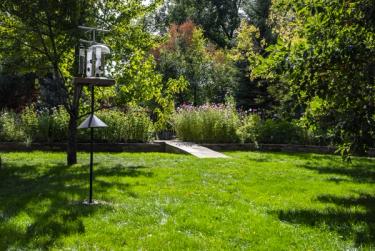
Here are sustainable lawn practices we use to reduce the net carbon impact of our lawns:
Reduce mowing frequency. To temper fuel consumption, you can simply mow less often. The longer you let your grass grow, the longer your roots will grow, which increases the rate of carbon sequestration!
Don’t bag those clippings! “Grasscycling” means leaving grass clippings on your lawn to decompose and recycle nutrients back into the soil. This reduces the need for fertilizers and cuts back on landfill waste.
Sunday Tip:
Did you know? Lawn clippings comprise the largest single waste product in many city landfills!
Feed your lawn only what it needs. Less is more! We follow MLSN (Minimum Level of Sustainable Nutrition) guidelines, which means applying targeted nutrient doses to your soil. This reduces both fertilizer waste and the fuel consumption associated with fertilizer production.
Plant native gardens. Sunday is more than just a lawn company! We’re big fans of planting pollinator gardens, which is why we send a pack of wildflower seeds to every customer with their first box.
Grow clover. In addition to being friendly to pollinators, clover has a built-in mechanism for converting atmospheric nitrogen into nutrients that it—and the surrounding grass—can use. We add a premium microclover to our Lucky Lawn grass seed to make it easy for you to grow it.
Rethink your relationship with pests. Integrated Pest Management (IPM) calls for using pesticides only as a last resort, which is better for pollinators and reduces fuel consumption associated with pesticide production.
Sunday Tip:
You can support pollinators in your lawn! Leave flowering plants for pollinator forage. Plant clover and raise the mowing height to provide season-long blooms. If you do need to spray pesticides, make sure to remove flowers (by hand or by mowing) prior to spraying so you don’t harm critical pollinators like birds, bees, and butterflies!
Ready to show your lawn—and the planet—some love? Sign up for a custom lawn plan today.
Cited sources
Benefits of Turfgrass. National Parks Service.
Environmental Benefits of Healthy Lawns. University of Minnesota.
Healthy Lawn Healthy Environment. United States Environmental Protection Agency.
The Potential of Turfgrass to Sequester Carbon and Offset Greenhouse Gas Emissions. University of Minnesota Turfgrass Science.
The Role of Turgrasses in Environmental Protection and Their Benefit to Humans. Journal of Environmental Quality.






